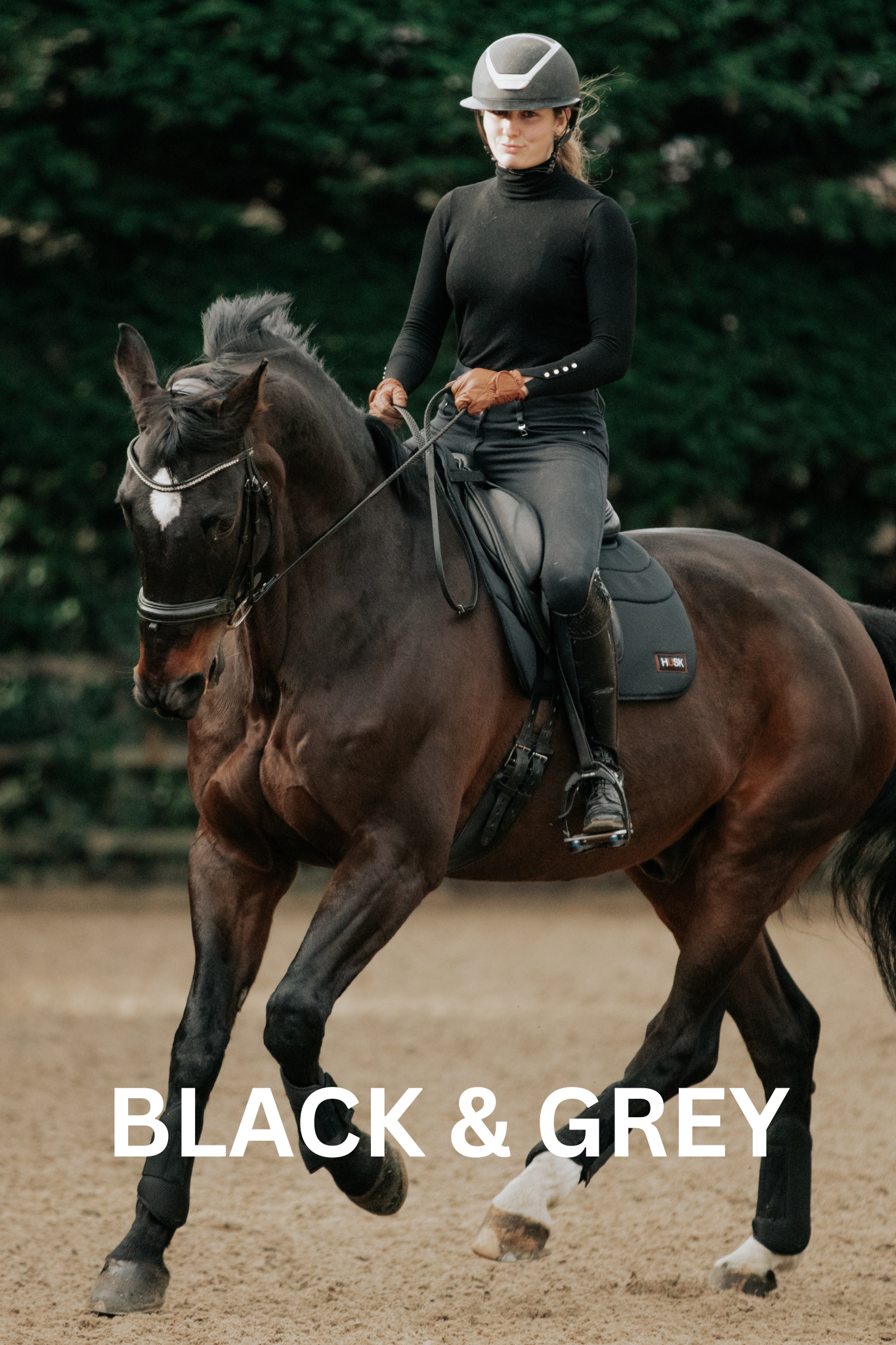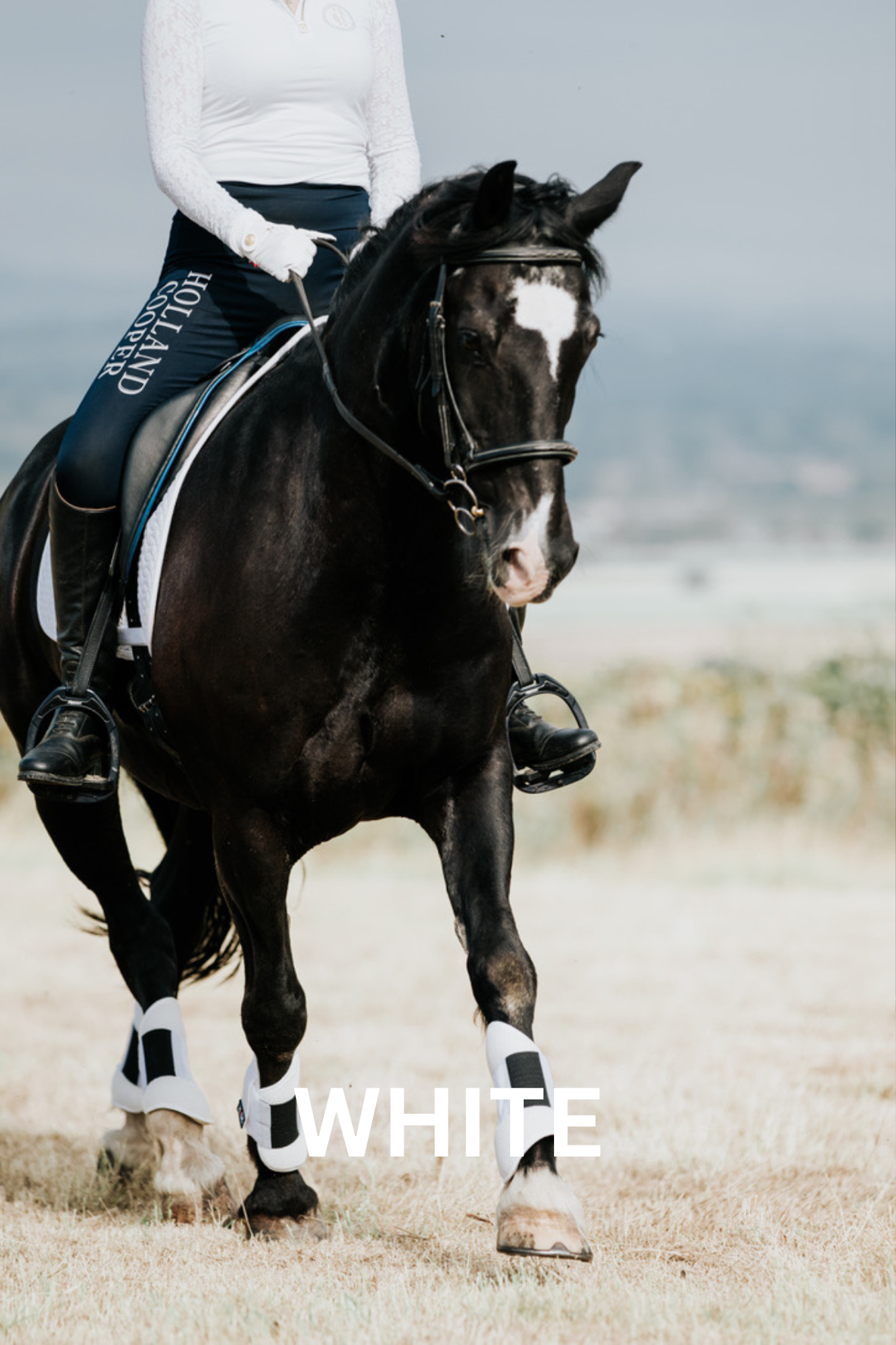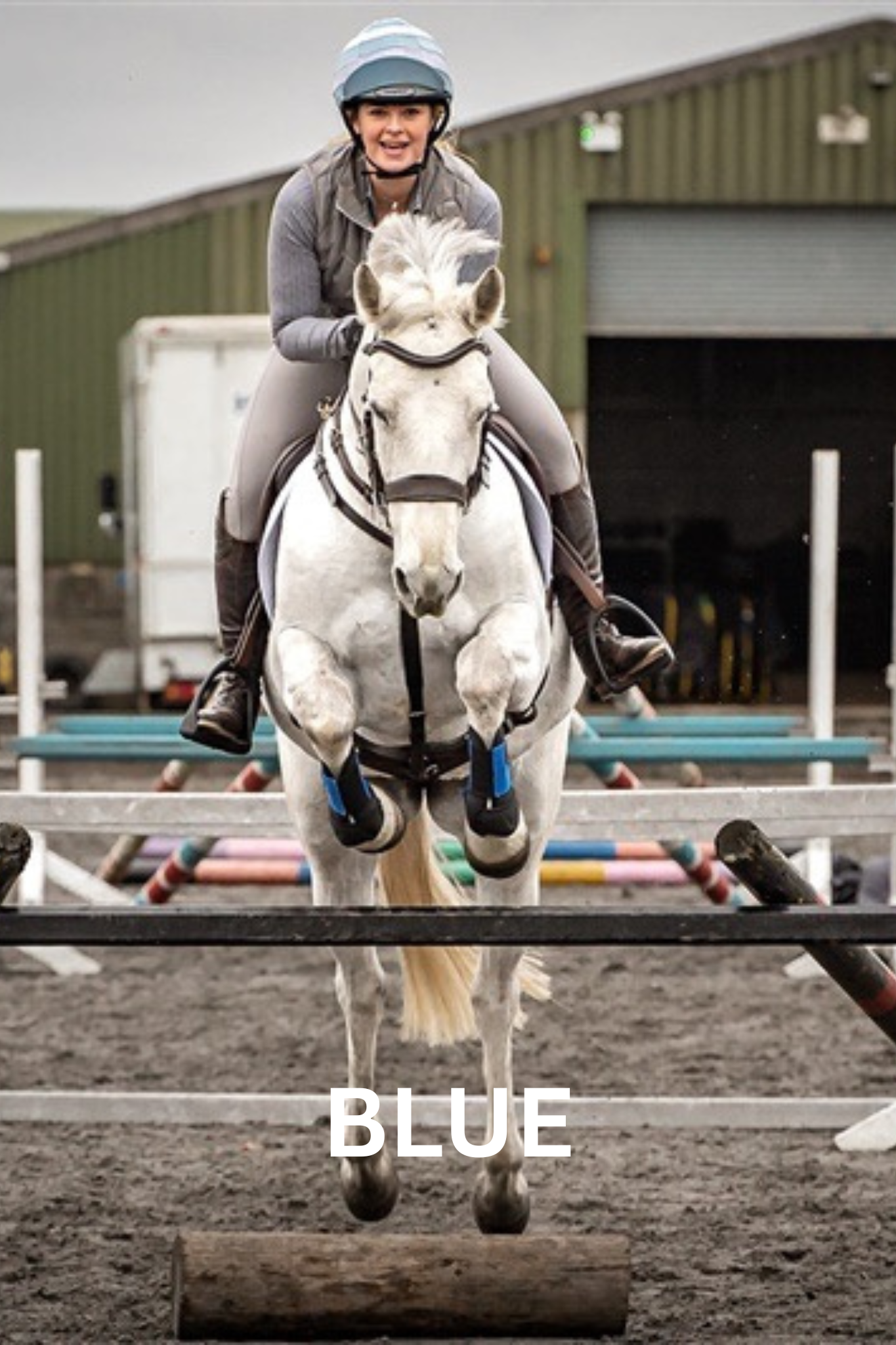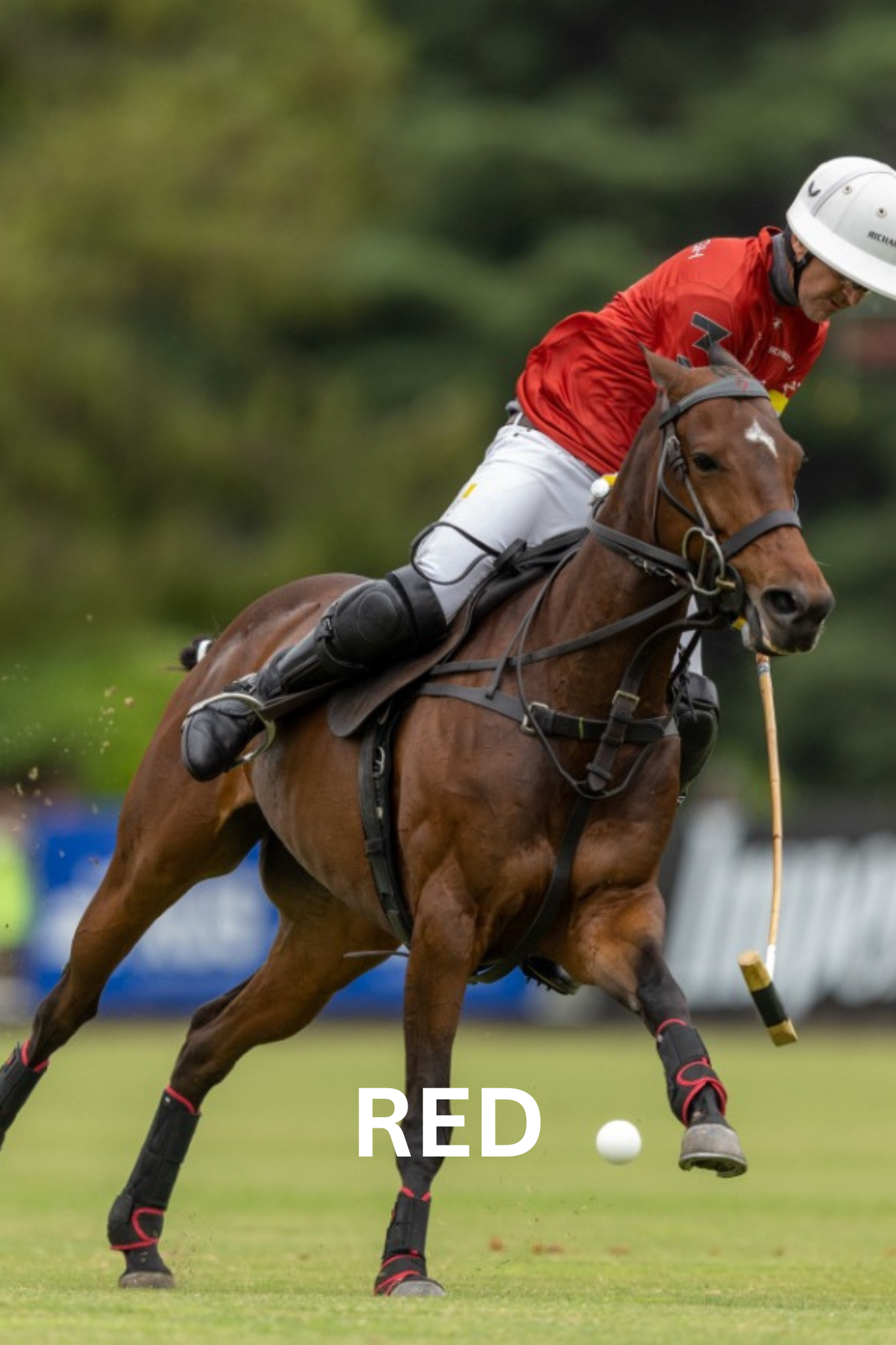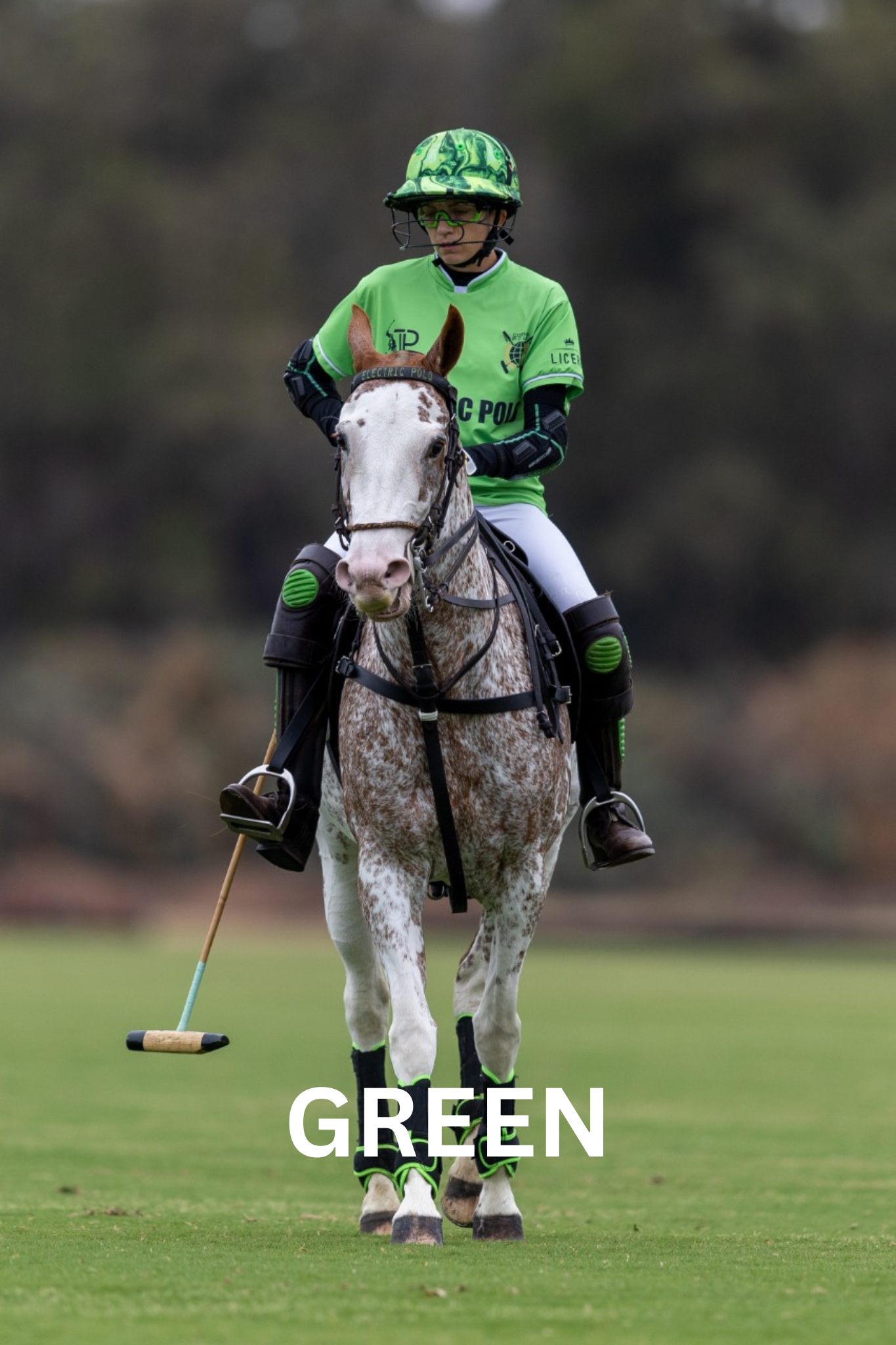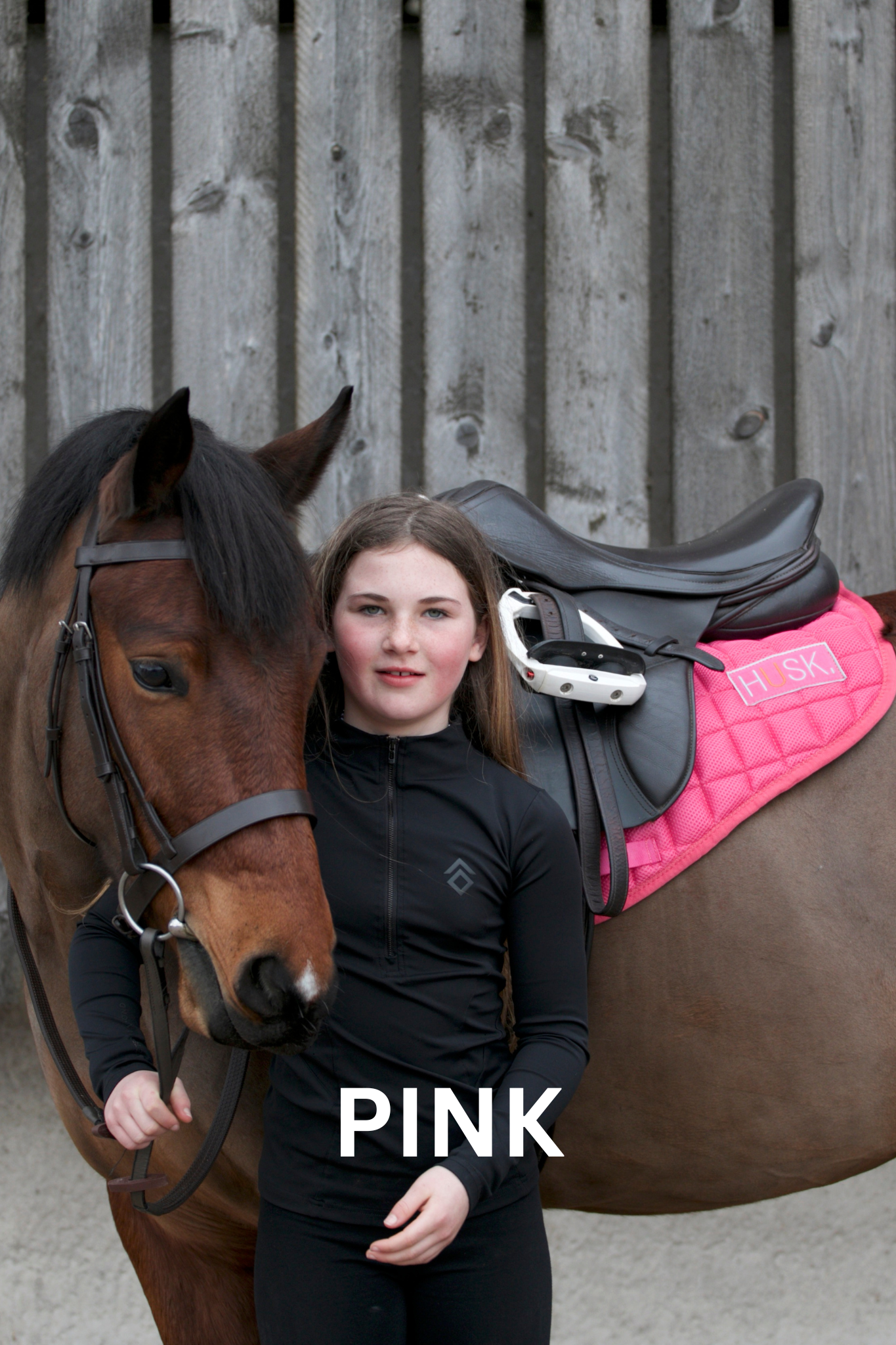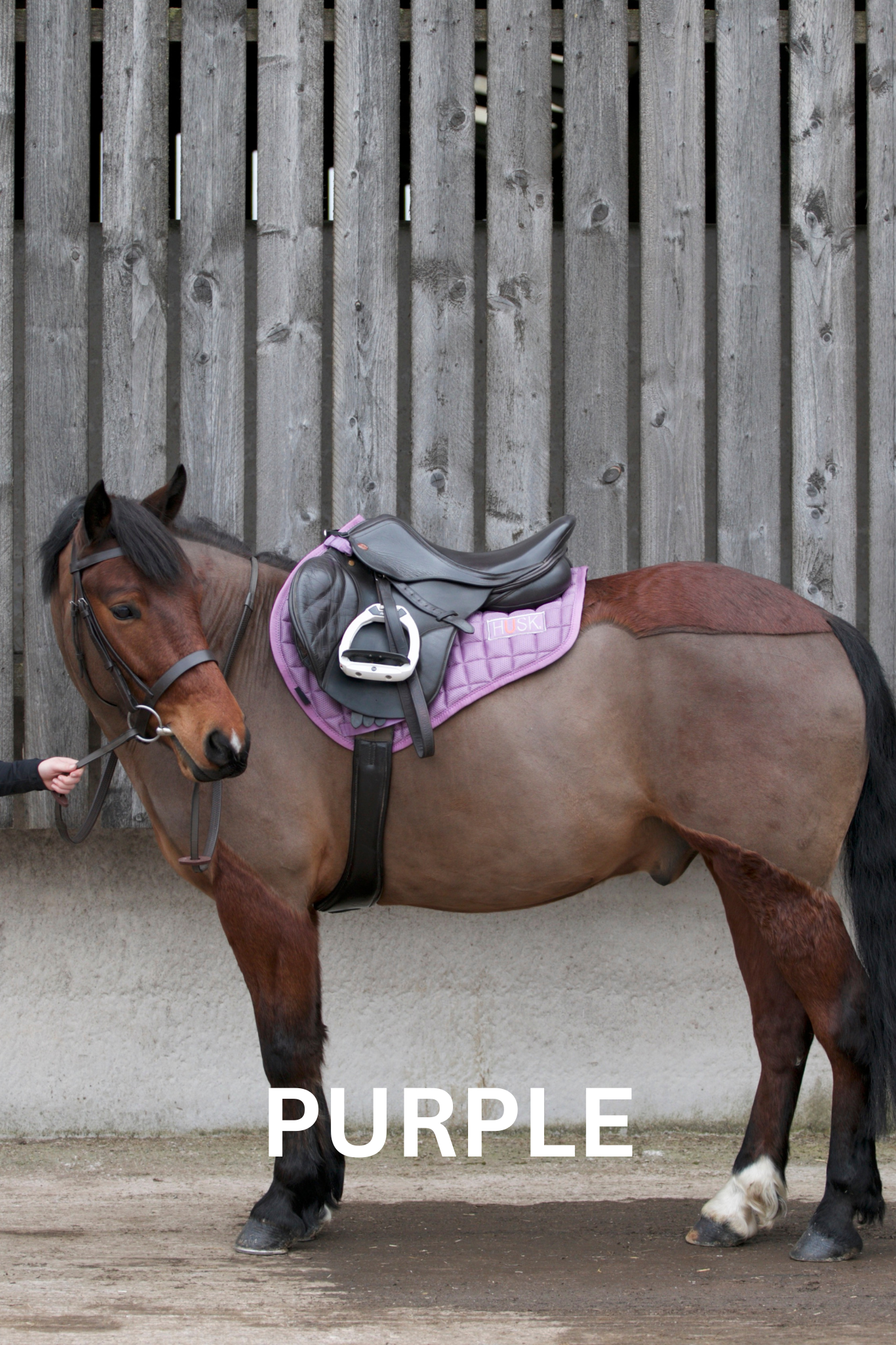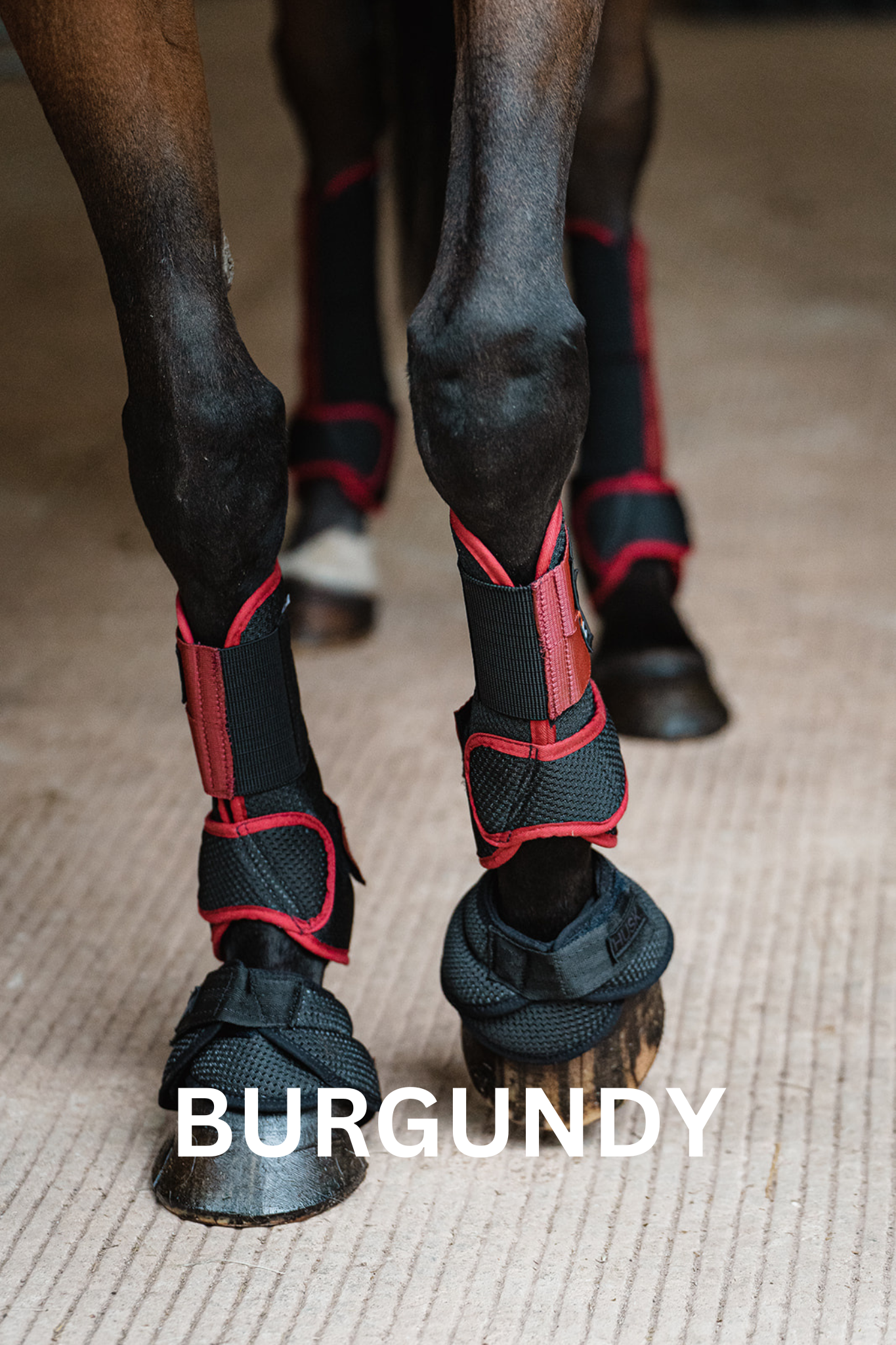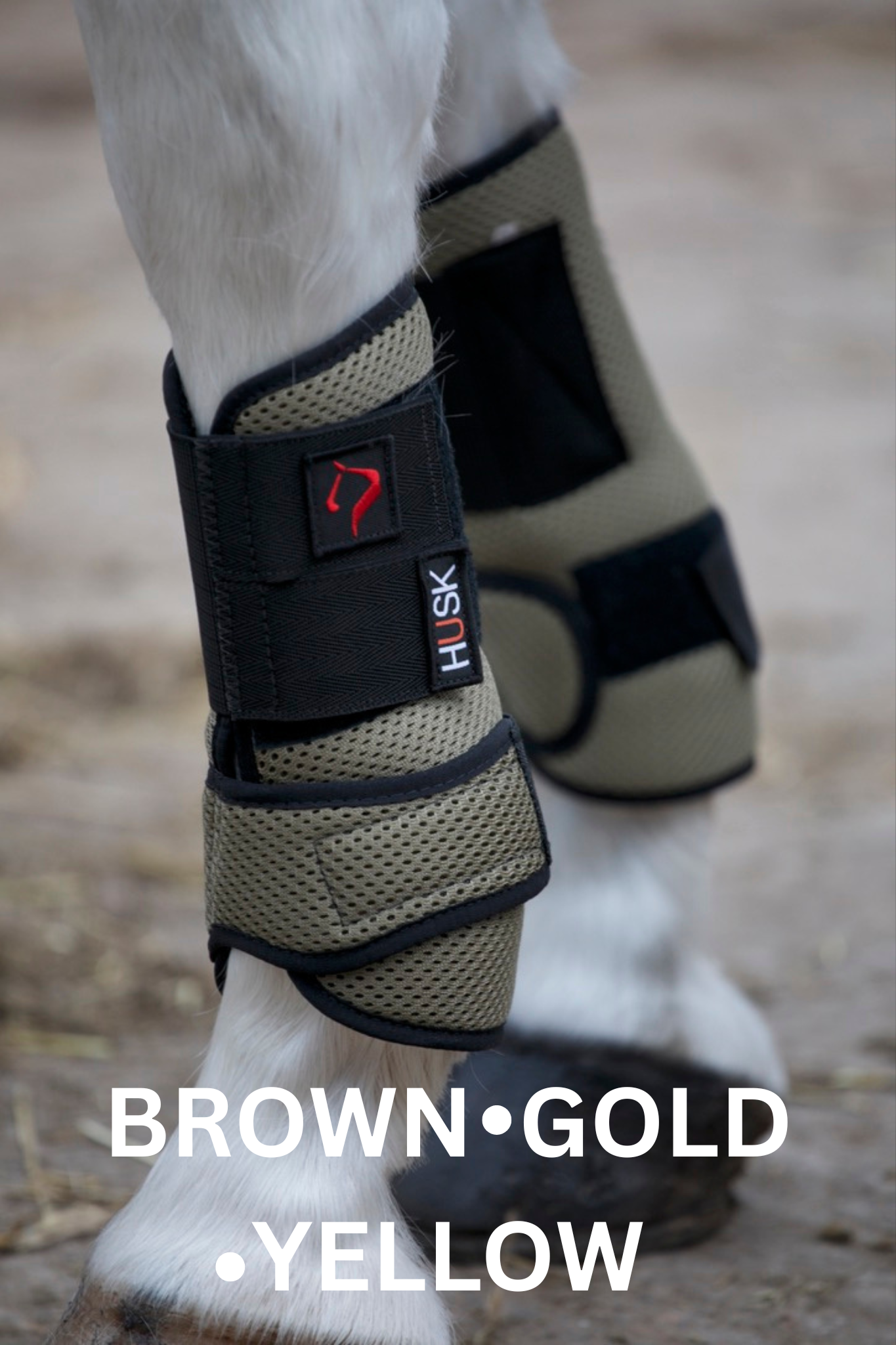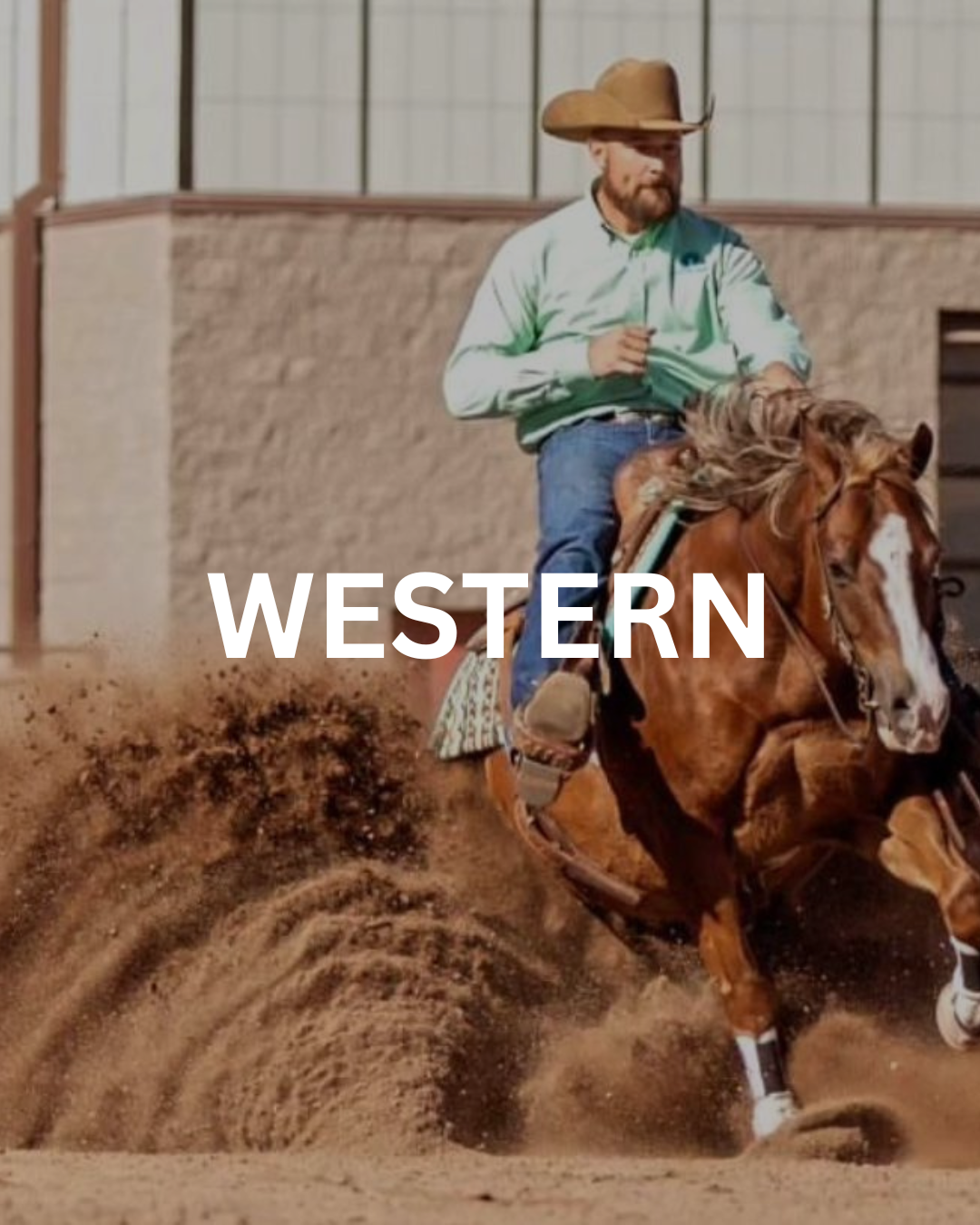Should I Use Polo Wraps or Horse Boots? by Dr Jorge MacDonough (International Polo Vet)
30 August 2024
“No Bandages for Polo?”
By the late Dr Jorge MacDonough, International Polo Vet, La Irenita
What are the Issues with Horse Bandages and Boots for Polo?
Should I use polo wraps or horse boots for polo? In all equestrian disciplines where you want to achieve maximum athletic performance, even in animals of great economic value, many believe bandaging firm and booting will minimise over flexion of the fetlock, avoiding excessive strain on the tendons and ligaments. Horse protective boots and bandages are also used to protect horses and ponies from impact. However from a veterinary perspective, there are considerations that must be made relating to when these products are used, how they are applied, and which products to choose.
Considerations when deciding whether to use polo wraps or horse boots for polo :
1. How much do the polo wraps heat my horse's legs vs horse boots?
Most horse leg protection limits the dissipation of heat due to the insulating nature of materials used, lack of porosity, and lack of access to air circulation from the atmosphere.
When tendons and ligaments are in exercise, they produce heat naturally to optimise mobilisation of the tissues: however this heat must be dissipated immediately.
Excess heat for extended periods of time decrease the ability of the horse or pony’s body to produce cells that contribute to the matrix of tendons and ligaments, these cells are being produced all the time to prolong the life span of these tissues. Therefore if the constant production of these cells is disrupted, these structures will slowly over time become degraded and weakened.
Furthermore, due to this disruption, the body assumes that there is a problem and produces and sends inflammatory mediators as a response to the over heating, and these are responsible for tenderness and pain, as well as further weakening of these tissues.
Another point to make is that the lower limb of a horse is inefficient at removing heat via the blood because these organs have little vascularisation, unlike other parts of the body. So it is paramount that this process is not limited further by covering these structures, and limiting lymphatic, blood and and other fluid flow.
2. Do polo wraps or horse boots limit my horse's movement?
It’s been demonstrated that bandages, and some boots modify the angles of flexion and extension of the fetlock at speed. This will affect accuracy of footing via such unnatural movements or positions as a result of this restriction.
By restricting the mobility of a horse’s joint at speed, such as the fetlock, may result in a subsequent injury elsewhere, and a bandage or a boot will not hold against the weight of a horse to protect this.
The vast majority of polo horses through observation end their career through joint injuries rather than injuries to tendons. Therefore, it is preferable to take more care of joints, as the tendons and ligaments care for themselves if kept within their natural environment.
3. Soft tissue compression against canon bone
Tendons are positioned vertically, plumbed vertically, and this positioning is designed to aid the flow of fluid, such as blood and lymph, up and down the leg. These fluids nourish the tissues with vitamins, minerals etc, as well as transporting waste away into the blood stream for excretion. If the tissue is pushed against the cannon bone by over tightening and over usage of leg protection, this action is limited, and the leg is starved of nourishment. Nourishment of blood, nutrients, and opportunity to remove water product via optimal lymph flow. This will lead to problems with the lower leg, and possibly further, in the long term.
4. Interference with the circulation
Compression via over tightening or over use of leg protection increases venous oedema and inflammation of the distal structures, in this case the lower leg. This is because the body translates this restriction into a potential injury, and reacts to resolve the problem with inflammatory marker increases, as well as sudden increases in blood flow to the site to help it heal. Many injuries can be avoided when the flow of the venous blood of the foot is free and consistent. Optimal blood flow will also contribute to the health and quality of the hoof. We also have the lymph that removes any waste, such as dead cells, and if this is restricted then we run the risk of a build up of toxin in the the area leading to infection. This could explain sudden bacterial infections relating to a small unsuspecting injury.
5. Possible alteration of proprioception through lack of nerve stimulation
Horses ascertain the exact position of their legs by the activation stimuli (nerves) inside the tendons and ligaments, as well as on the skin. Tight bandaging and booting, and limited access to air flow to the skin can potentially limit the effectiveness of these stimuli, and therefore affect the accuracy of the horse’s or pony’s foot placement. This clumsiness can lead to injury. However, we do not know to what extent excessive pressure and lack of air flow would interfere with this.
6. Increased weight to distal legs
Bandages weigh about 200 grams, and conventional boots even more! And when wet as a result of sweat or water, this leg protection can weigh almost double. As a result of this added weight, horses and ponies use more energy to get off the ground. This over exertion will eventually lead to premature fatigue, resulting in clumsiness and possible injury.
7. Increase in skin moisture through sweat
Damp, wet leg protection will increase risk of abrasion and irritation to the leg. Fungus and bacteria thrive in such damp conditions also. The highest risk is then posed when the fungus or bacteria penetrates the irritated skin, leading to infection.
To note: All these problems are exacerbated on hot days, when bandages and boots are used excessively, or when there is an excessive use of seals and tapes in the middle of the cannon bone to secure leg protection to the leg. Further issues arise when bandages may be put on too tightly or unevenly.
SO DO I USE POLO WRAPS OR HORSE BOOTS FOR POLO?
The considerations mentioned earlier do not take into account the risk of impact injury to horses and ponies through contact horse sports and exercises. And research must go into this prior to a decision as to which type of leg protection to purchase.
To note that the original requirement for leg protection was to reduce the risk of laceration to the skin via impact injury, not for support. One must consider the fact that no boot or bandage can claim to protect from a break or fracture to the bone, as an impact so great to create such an injury is likely to over take any effects of leg protection due to the sheer velocity of, and weight behind the impact, as well as the weight of the horse.
SOLUTION TO THE DILEMMA OF WHICH TYPE OF LEG PROTECTION TO CHOOSE
Taking into account the issues highlighted above, choice in leg protection must meet the following conditions:
– Light (so that the animal perceives the leg protection as little as
possible)
possible)
– Resistant to the most common external shocks
– To not hold water, sweat, or dirt (particularly allowing the dirt to sit on the surface of the boot or bandage lining, and therefore against the skin)
– Fully permeable to air, with as little insulating material as possible
– Easily placed and removed, without elasticity that will lead to over tightening
– Not to limit natural joint mobility (flexion, extension and lateral)
– Secure (so not to become easily detached)
It is also important to note that no leg protection will protect from the weight of a horse or pony in the event of an unforeseen incident, they can minimise risk, but not prevent it.
HUSK boots have patented their air flow and protective technology, and are becoming the number one choice of leg protection in high goal polo.
Check out HUSK Boot (Breathable Boots) collection via the link:
https://www.thehusk.co.uk/air-boots
The post What are the Issues with Horse Bandages and Boots? by Dr Jorge MacDonough (International Polo Vet)
appeared first on TheHUSK.





